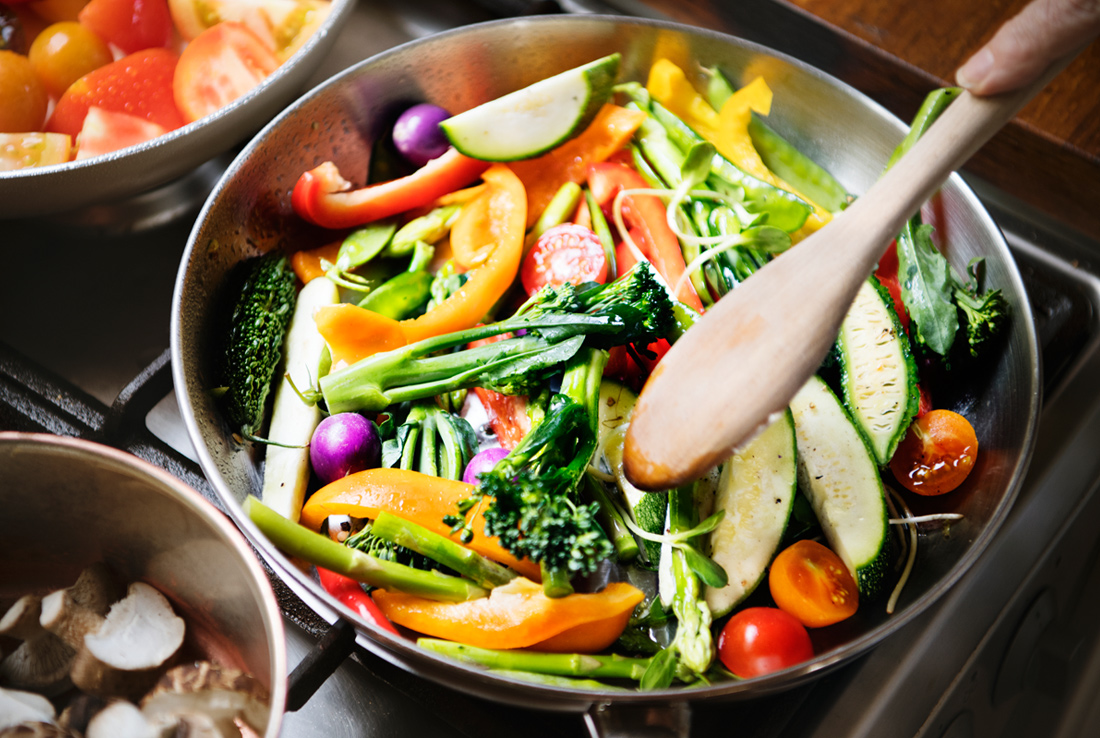How do Nutrition Facts Labels Fit into a Healthy Diet?

March is National Nutrition Month, what better time to refresh your idea of a healthy diet.
Nutrition Facts Labels – A Guide
The first step toward a healthy diet is knowing what your food is made of. Any food that comes in a package must have a nutrition facts label. For unpackaged foods, such as fruits and vegetables, there are online resources that provide estimates. Every label follows the same FDA guideline, below.
At the top of every label is the serving size and how many servings are in the package.
Next is the number of calories per serving. A calorie is simply a unit of energy – what it takes for our bodies to run. The top of the label also shows a number indicating the percent daily value. This number is based on a person who eats about 2000 calories per day. However, since every human body is different, everyone’s recommended daily calorie allotment is different. There are many online resources that can provide individualized estimates.
Following the calorie count is the amount of each nutrient (shown as a weight and as a percent daily value). These nutrients are total fat (further broken down into saturated fat and trans fat), cholesterol, sodium, total carbohydrates (sugars and fibers), and protein. The last category is for vitamins.
What Constitutes a Balanced Diet?
The United States Department of Agriculture’s (USDA) guideline to a balanced, healthy diet is called My Plate. They recommend that a plate be half filled with vegetables and fruit (sources of carbohydrates), with the other half roughly divided between proteins (source of protein and some fat) and grains (source of carbohydrates). A serving of dairy is included next to the plate (source of carbohydrates, protein, and fats).
Putting it All Together
Even if your real-life meal doesn’t look like the USDA picture, if the nutrition facts labels of the foods you eat follow the rough proportions, you are well on your way to a balanced diet. For example, the FDA website compares nutrition facts labels of 2% milk and skim milk. Both have the same amount of carbohydrates and proteins, but the skim milk has far fewer calories and no fat. It’s easy to see which one would work better within the My Plate guidelines. Knowing what is in your food, and what you’re putting into your body, is the first step toward a healthier life.


